How often and how to water my succulents in winter?
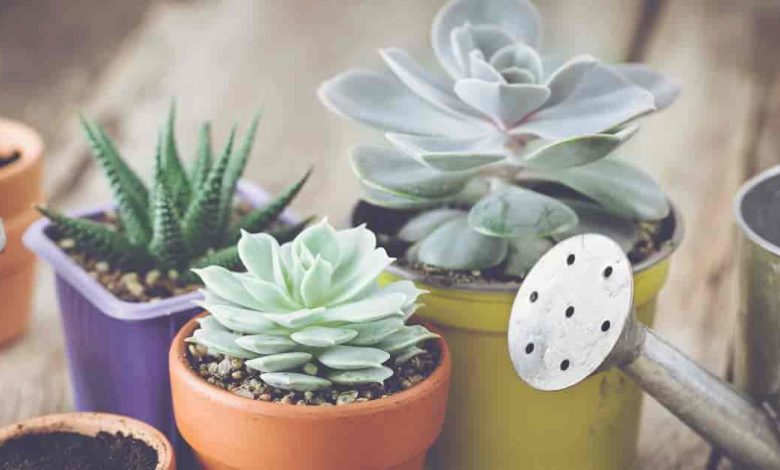
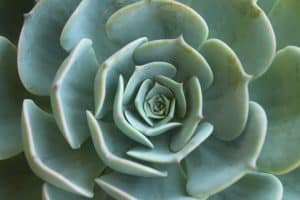 Does the issue of watering succulents in winter cause you many doubts? It is not for less, especially if we take into account that they are plants that generally do not require a large amount of water.
Does the issue of watering succulents in winter cause you many doubts? It is not for less, especially if we take into account that they are plants that generally do not require a large amount of water.
The fact is that yes, you should apply punctual irrigations even during the coldest time of the year to ensure that they are healthy.
And if you have no idea how to do it and you are afraid of making a mistake that affects your beautiful succulent, here we will give you all the information you need.
Important points when watering succulents in winter:
- Irrigation frequency: one irrigation every month or every two months depending on the conditions of each succulent.
- Watering method: with a long neck watering can.
- Optimum time of day for watering: any time.
- Identify excess water: drowning of the roots, pleasant environment for bacteria or fungi of different types to fall.
- Identify lack of water: it does not present symptoms because it is in the resting season and its water needs are really minimal.
What watering needs do succulents have in winter?
Succulents are plants that require very little watering because they are able to trap a good amount of moisture from the outside.The idea during the winter is to offer enough so that the substrate remains moist but without flooding.
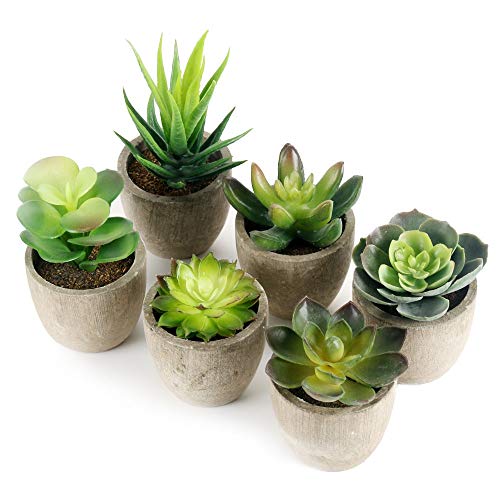
As in winter the evaporation process is slower and the plant is in a dormant state, its demands decrease a lot. In any case, it is good to know that succulents are capable of storing a certain amount of water in their structure.
How can we detect lack of irrigation in succulents in winter?
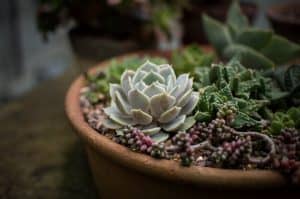 Succulents can withstand some dry seasons because they are naturally prepared for it.
Succulents can withstand some dry seasons because they are naturally prepared for it.
In this way, it is very unlikely that they will suffer from symptoms associated with lack of irrigation, since it will be at rest.
The reason is that in their natural environment they usually live with two well-differentiated seasons: one of constant rains and another of intense drought.
Winter can be a difficult time for them in terms of temperatures, so it is advisable to keep them protected indoors.
How often should we water succulents in winter?
The irrigation of succulents in the winter should be reduced to a minimum, establishing them at approximately one monthly or bimonthly. You can determine this frequency based on the characteristics of your succulent and the response it generates according to the environment.
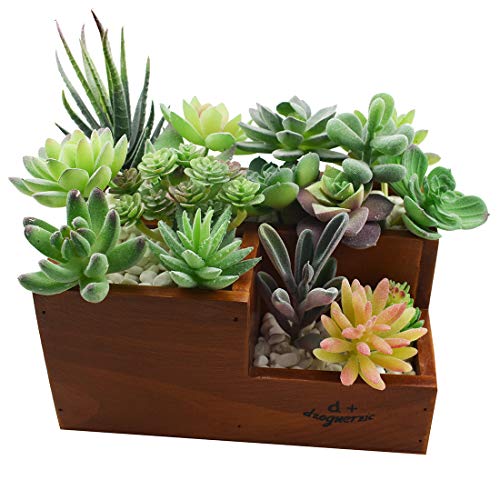
Although winter exerts an important influence, it is not the only element to consider, you must also assess the type of land, lighting, etc. If you water at a shorter frequency, considering for example what other types of plants need, you could subject your succulents to problems of overwatering.
What is the best way to water succulents in winter?
The best technique to help keep succulents hydrated without running the risk of adding too much water is with a long-necked watering can with small holes. Thanks to this common gardening implement, the water will flow with a low flow, being able to add the correct amount without the soil suffering from waterlogging.
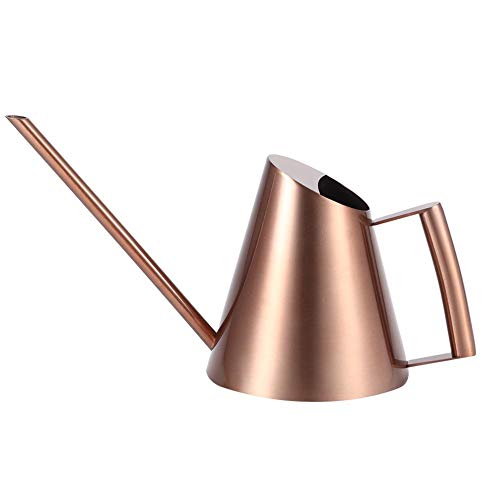
It is important that at the time of irrigation this is done with depth to ensure that all the soil is impregnated with moisture. In this way, the soil will be freed of water little by little, giving the succulent the amount it needs and ensuring that it is well hydrated.
How do we detect excess water in succulents in winter?
Succulents are delicate with excess watering at any time of the year and in winter this issue can be really complicated. When more water is added than they can handle, succulents will suffer from root drowning which can lead to death.
As they will be in a state of rest, it will be more difficult to verify that there are problems, so prevention is essential. In any case, if you notice that there are changes in its normal structure and you have applied a series of irrigations in recent days, it is likely that this is the problem.
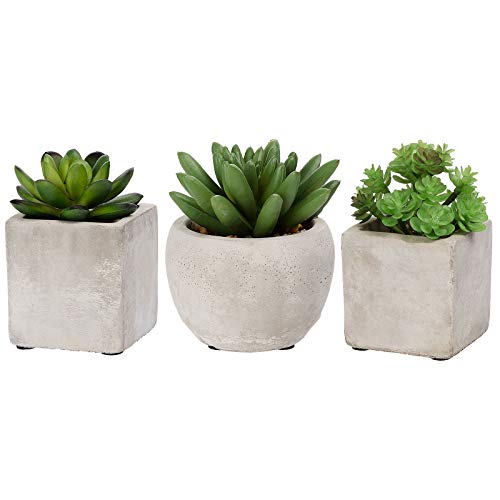
On the other hand, environments full of moisture in succulents can give rise to different types of fungi or bacteria that will damage it. There are so many varieties of succulents that you should not lose sight of how important it is to become familiar with the needs of your particular one.
Although they all have more or less similar behavior and demands, the idea is that they can receive personalized treatment and always be healthy. Irrigation is one of the most delicate points in its care, but after you get the hang of it, everything will be easier.
Bibliographic references
- Cacti and other succulents, M Uhlig – 2008 – books.google.com
- Cacti and Succulents of the Lankester Botanic Garden, MR Rossi – 1996 – books.google.com
- Illustrated encyclopedia of cacti and other succulents: (description of the species, habitat and cultivation care), A Gómez Sánchez – 2001 – sidalc.net
- Succulents: contemporary plants, GC Arenaza – RD-ICUAP, 2019 – rd.buap.mx
- Collection of cacti and other succulents of the Botanical Garden of the Faculty of Higher Studies Zaragoza, R Rios Gomez – 2015 – 132.248.161.133
- Floristic composition of the succulent plants of the Guayaquil Historical Park, RB Martìnez, MNM Moreira – Revista Ciencia UNEMI, 2017 – dialnet.unirioja.es
Maybe you are also interested in:

![Photo of Why is my Pumpkin NOT producing Fruit? [Causes and Solutions]](https://www.complete-gardening.com/wp-content/uploads/2022/08/why-is-my-pumpkin-not-producing-fruit-causes-and-solutions-390x220.jpg)


